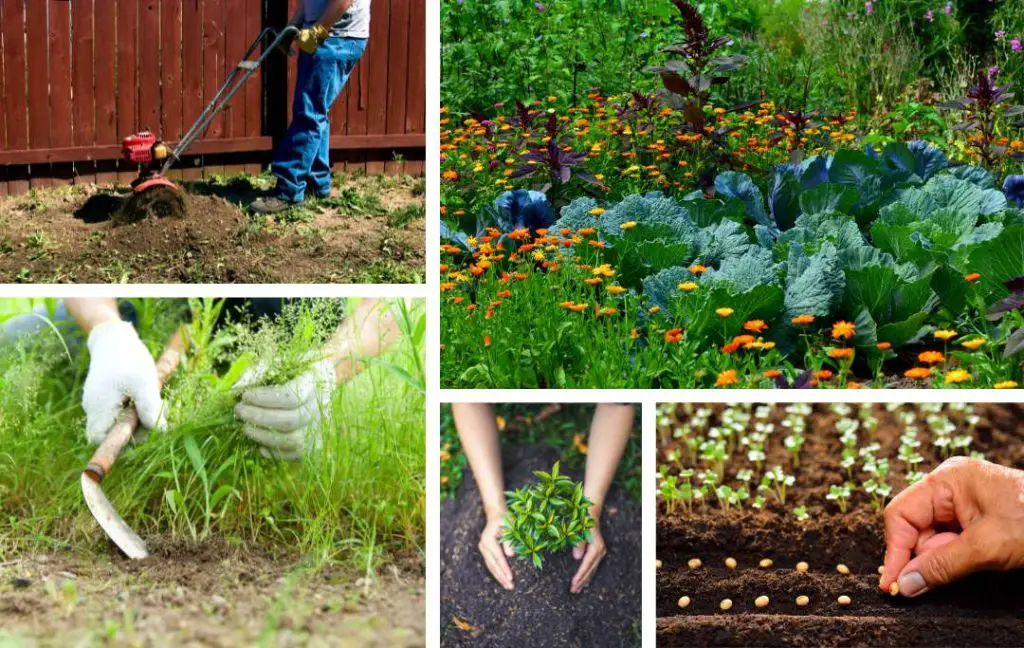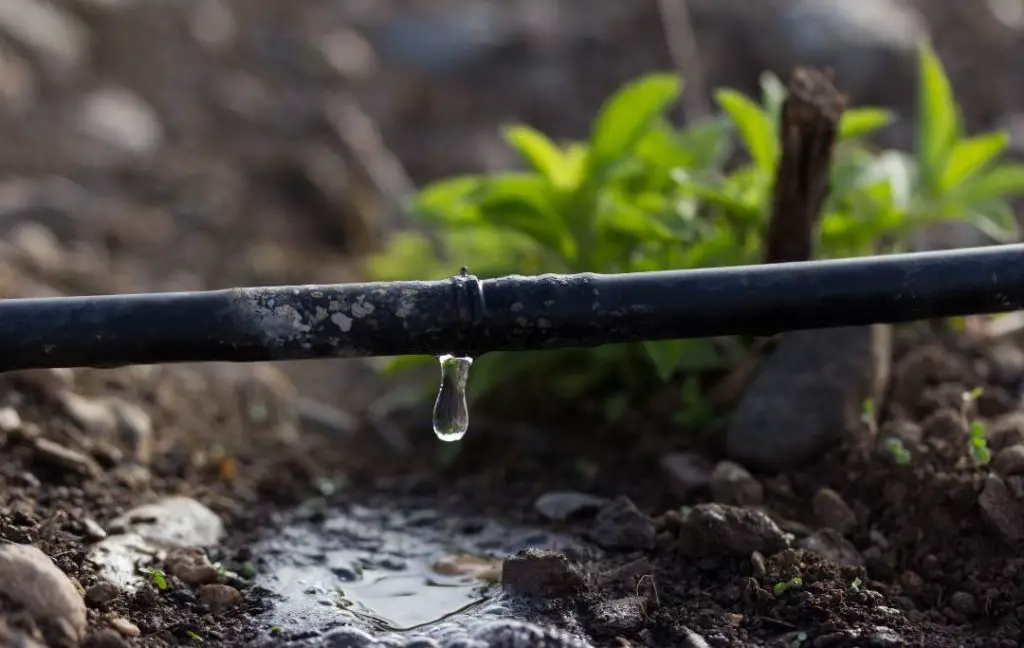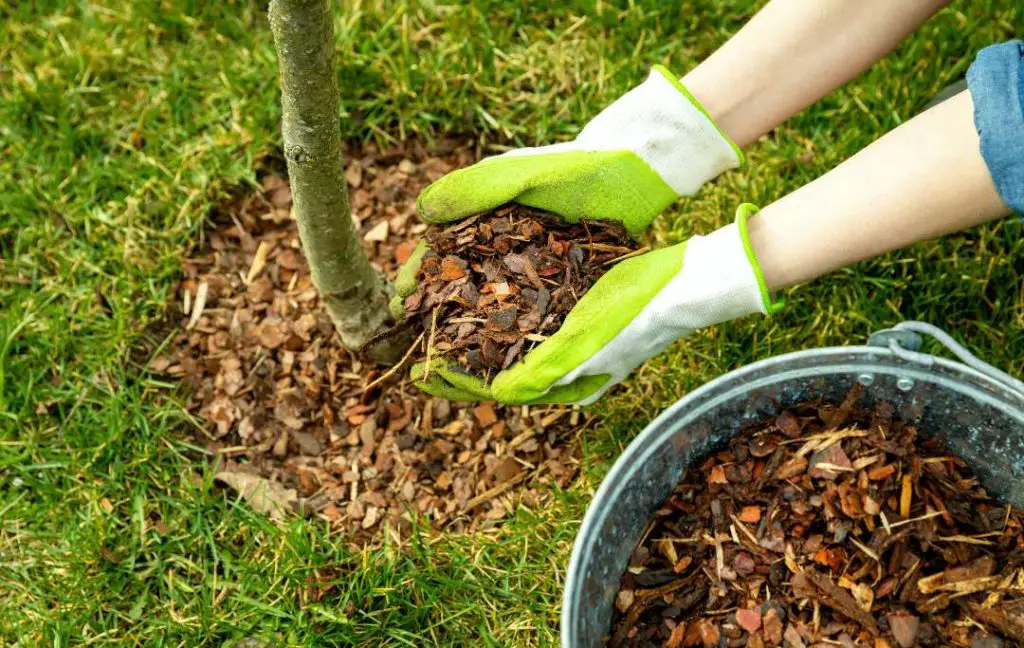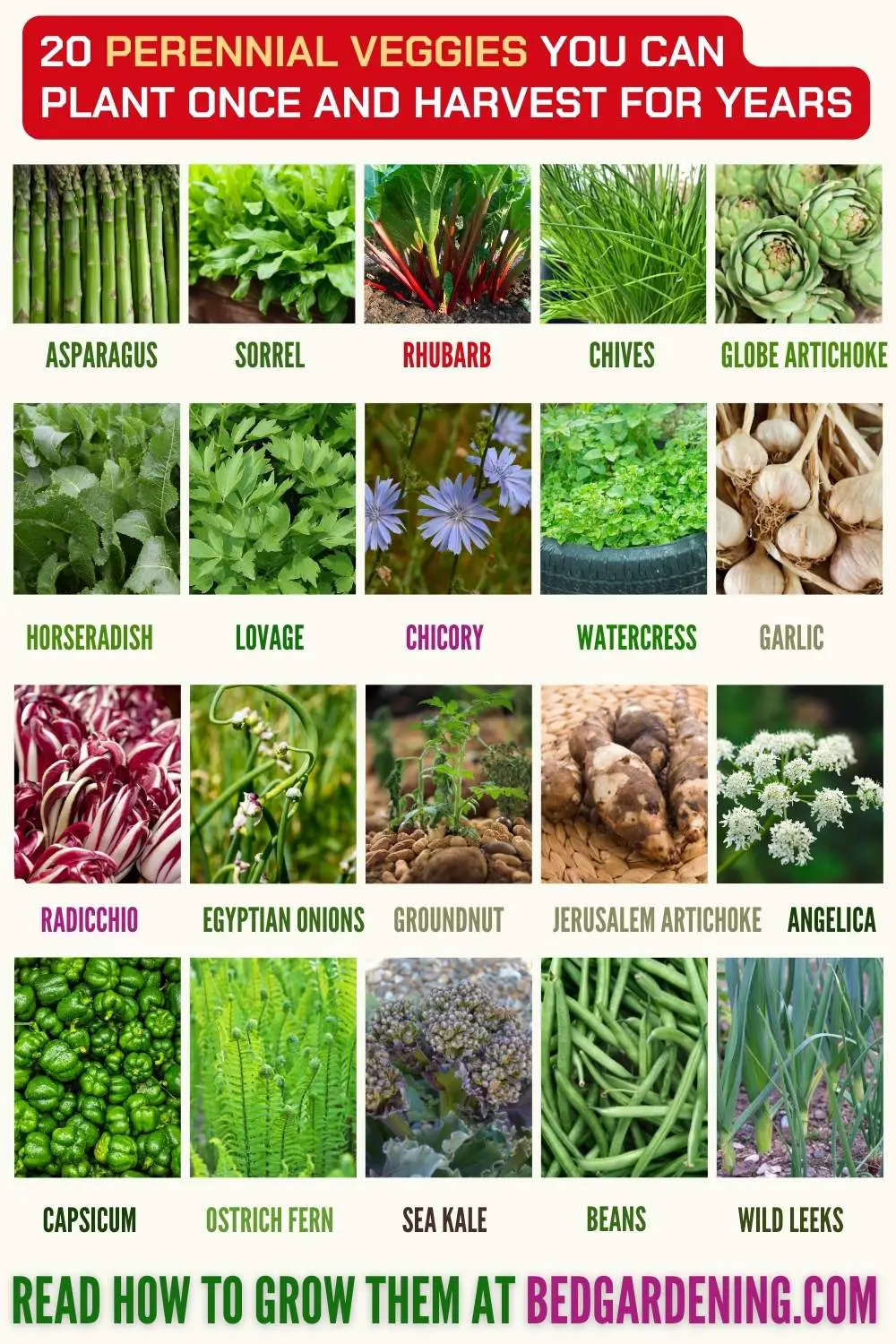If you are interested in planting fruits and vegetables once in your garden and then not having to plant anything for a long time. Then you must select perennial vegetables and fruits. There is a variety of perennial vegetables and fruits.
How To Plant A Perennial Garden?

A perennial garden is a dream garden because you need to plant only once and these vegetables and fruits come back year after year to harvest without any additional planting.
You can enjoy many years of beauty and enjoyment if you designed a perennial garden. The right choice of vegetables and fruits and thoughtful planning will give you better results.
Perennial plants need little maintenance so you will not face any difficulty in planting a perennial garden. Before planting the perennial garden you must be careful about the following things.
1- SITE SELECTION
The selection of the site for growing up and your garden is very important. Consider your environmental conditions before choosing the site.
You can easily access your perineal garden from at least two sides and it will be visible from within the home. Make sure your plants receive 6 to 8 hours of sunlight.
Sunlight is very important in the production of healthy vegetables and fruits in your perennial garden. You can choose shade-loving perennials for locations with less sunlight.
After sunlight, the next important thing is air circulation. When your plants get fresh air then there is no danger of diseases and pests. Warm and humid areas provide the ideal condition for spreading many fungal diseases and harmful pests.
2- DESIGN
After the selection of the site, the next step is designing your perennial garden. Considering the size and space of the garden, make a comfortable design according to your needs.
Perennial gardens need little maintenance and if you arrange stepping stones then your soil is prevented from compaction.
You can make a rough sketch of your garden on graph paper. Look at existing structures and plants in your design. Sketch the outline of the beds in your perennial garden.
You must place a garden hose around the selected area because it will be helpful. After deciding on the outline of the design of your perennial garden, you can add the plants by following these design principles.
- You must place the same variety of plants in a group. This will help to increase the impact of color and texture in your perennial garden.
- You can repeat the groups of the same plants two or three times in your garden to show continuity and harmony.
- Always plant taller plants at the back or middle of a bed. So they can easily be viewed from all sides.
- Plant the shorter plants in the front of your bed so they are visible and do not hide behind the taller plants.
- A combination of different forms, textures, and colors of plants will create a good impact on your landscape.
- In your design, must consider the mature size of plants and leave space for new growth.
3- SITE AND SOIL PREPARATION
Soil plays a very important role in establishing a healthy and beautiful perennial garden. You can’t compromise on the fertility level of the soil of your perennial garden. Your plants receive all the nutrients and minerals from the soil.
Remove any existing grass or plant material in the selected area. Edging is very important to prevent encroachment of turf grass. Add a layer of organic matter such as compost and aged manure. Every 1000 square feet need 3 cubic yards of organic matter.
4- PLANT SELECTION
Before choosing the plants for your perennial garden you must keep in mind maintenance considerations such as division, fertilizing, invasiveness, pest and disease resistance, deadheading, and pruning.
Following is a list of perennial vegetables and fruits that are perfect for your perennial garden.
a- ASPARAGUS
This is a perennial vegetable that produces spears for 10 to 15 years. You can grow asparagus from seeds or crowns. Choose a sunny location and use fertile and well-drained soil for growing asparagus in your perennial garden.
Never harvest asparagus when the plant is too young because the plant stops producing spears year after year. In the third year, the asparagus spears can be harvested for 2 to 3 weeks.
After that, you can harvest for 6 to 8 weeks every year following. You should allow the spears to grow into tall ferns. These ferns help to ensure a good harvest in the next season.
b- WILD LEEKS
Zones 3-9 are the perfect zone for growing wild leaks as perennial. Wild leeks will sprout for a month during the spring season. You can eat them raw or use them for making pickles for future use.
c- WATERCRESS
You can use this vegetable in a variety of ways. Their addition will enhance the taste of your sandwiches and salads. The medicinal properties make watercress more beneficial for you.
It helps you with the symptoms of flu and cough. You can grow it as perennial if you are living in zone 6-9.
d- LEMONS
The lemon tree is a perineal plant that produces fruit if the pH of the soil is between 5.5 to 6.5. Lemon trees can’t survive in freezing temperatures. You can easily grow lemon plants from the discarded seeds of household lemons.
e- RHUBARB
This perennial vegetable is one of the earliest spring crops you can use it for making pies and preserves. The stalks can be eaten raw or cooked but the leaves of rhubarb are toxic.
The ideal time for planting rhubarb is in the spring. You should wait to harvest rhubarb until the next second growing season. When the rhubarb plant is established then you can harvest it.
The best time for picking the rhubarb is through the end of June. After June, allow the leaves to grow and store energy for the next year’s harvest.
f- KALE
Kale is a short-lived perennial. Kale will come back every other year and you have to replant it after the second year’s harvest. The ideal time for planting kale is in Spring.
g- CHIVES
This is a perennial herb that can easily adjust in the corner of your perennial garden. This herb belongs to the onion family and it has two types.
The leaves of regular chives are round and hollow with globe-like purple flowers. You can garnish your soups and salads by using them. The other type of chive is garlic chive, the leaves of this type are thin and flat with garlic flavor.
A sunny location with rich soil is perfect for growing chives. You can make your soil richer by adding organic matter. You can grow chives from seeds or rooted plants.
h- HORSERADISH
This is a hardy root crop that is used to make spicy sauces. Spring is the ideal time for planting horseradish in your perennial garden. If you want a higher yield then you must select a sunny location for growing horseradish.
Horseradish needs well-drained soil and can be harvested in the second year of growth. The perfect time for harvesting the horseradish is in the fall after the first frost.
i- JERUSALEM ARTICHOKE
Jerusalem artichoke can be spread by seeds and roots. The ideal time for harvesting Jerusalem artichokes is in the fall because the tubers develop in the early fall.
j- FIG
The ideal time for planting figs is in spring or late winter. You can grow figs in a sunny location in your perennial garden. Keep the soil moist with regular watering and you can harvest the fruit in autumn.
k- PEACHES
Another perennial fruit that is included in our list is the peach. Peach trees produce peaches every year for you.
l- STRAWBERRIES
This perennial delicious treat can be selected for your perennial garden. You can enjoy delicious berries which return year after year.
m- BANANA
Banana is a perennial plant that grows from underground stem rhizomes. This is a herbaceous plant, not a tree. A mature banana plant starts producing bananas in 10 to 15 months.
n- GRAPES
Vines of grapes produce for you year after year. They can be eaten raw or you can make jelly and juices from them. Pruning is essential because they grow bigger with each passing year. They are low-maintenance perennial fruits.
5- WATER NEEDS

The frequency of the water depends upon temperature, sun exposure, soil type, and plant needs. There are many signs such as the dropping of leaves that shows your plants need more water.
New planting needs water after a couple of days. After one month you have to increase the amount of water. It will encourage the expansion of the roots in the soil.
Mulching also helps to keep the soil moist as it increases the moisture retention level of the soil. The water needs of the perennial garden are different so it is better to install the drip irrigation system.
Read More: Best Irrigation System For A Vegetable Garden
6- MAINTENANCE
You should maintain your plants during the growing season by pest control, pruning, deadheading, and weeding. Trimming and removing leaves should be done in early spring or in fall.
If you want to support winter pollination then fewer perennial cutbacks are suggested. But in case, there is a presence of pests and any fungal disease then you should not stop pruning. If any disease such as powdery mildew exists in your garden then a thorough clean-up of fall is essential.
Read More: How To Start Raised Bed Vegetable Gardening For Beginners?
7- PLANT DIVISION
Plant division of perennials is necessary after 3 to 4 growing seasons. If you leave your perennial plants overcrowded then they bloom poorly. If you see plants are not blooming then you must divide them.
The ideal time for the division of spring and summer perennials is in the fall. The plants that produce blooms in the late summer or fall can be divided in the spring before the new growth.
You need a spade, shovel, and fork for division purposes. You need to dig around and under the plant and carefully take out the root ball from the soil.
Remove the soil from the roots with the help of your hands or water. a Now with a sharp knife or pruning shears you can cut the healthiest part of the plant. Remove discolored and dead parts of the plant.
Now divide the clump into 4 or 5 new clumps. You must replant these divisions as soon as possible. Water them well to adjust to the new environment. Mulching also helps keep the soil moist.
8- MULCHING AND WINTER WATER

If weeds are a problem for you then mulching is a way to reduce them. Weeds are unwanted plants, they steal all the nutrients and there is a competition between plants and weeds for nutrients.
Winter watering of your perennial garden depends upon the weather conditions. Dry conditions in winter can damage your plants. New plantings can’t develop if they face the problem of a shortage of water. Because they don’t have a strong root system.
Read More: Here Is Everything About Using Pine Bark Mulch In Vegetable Garden

